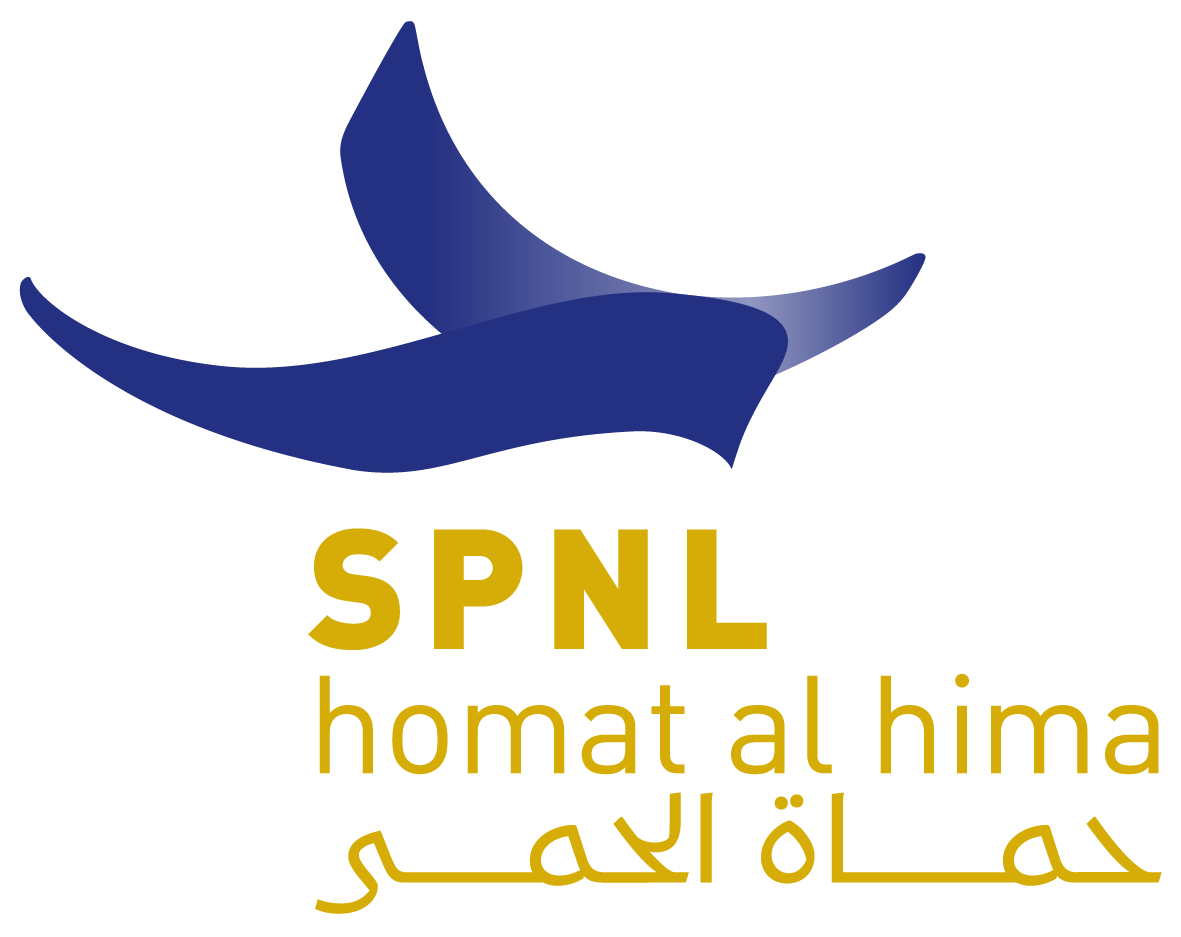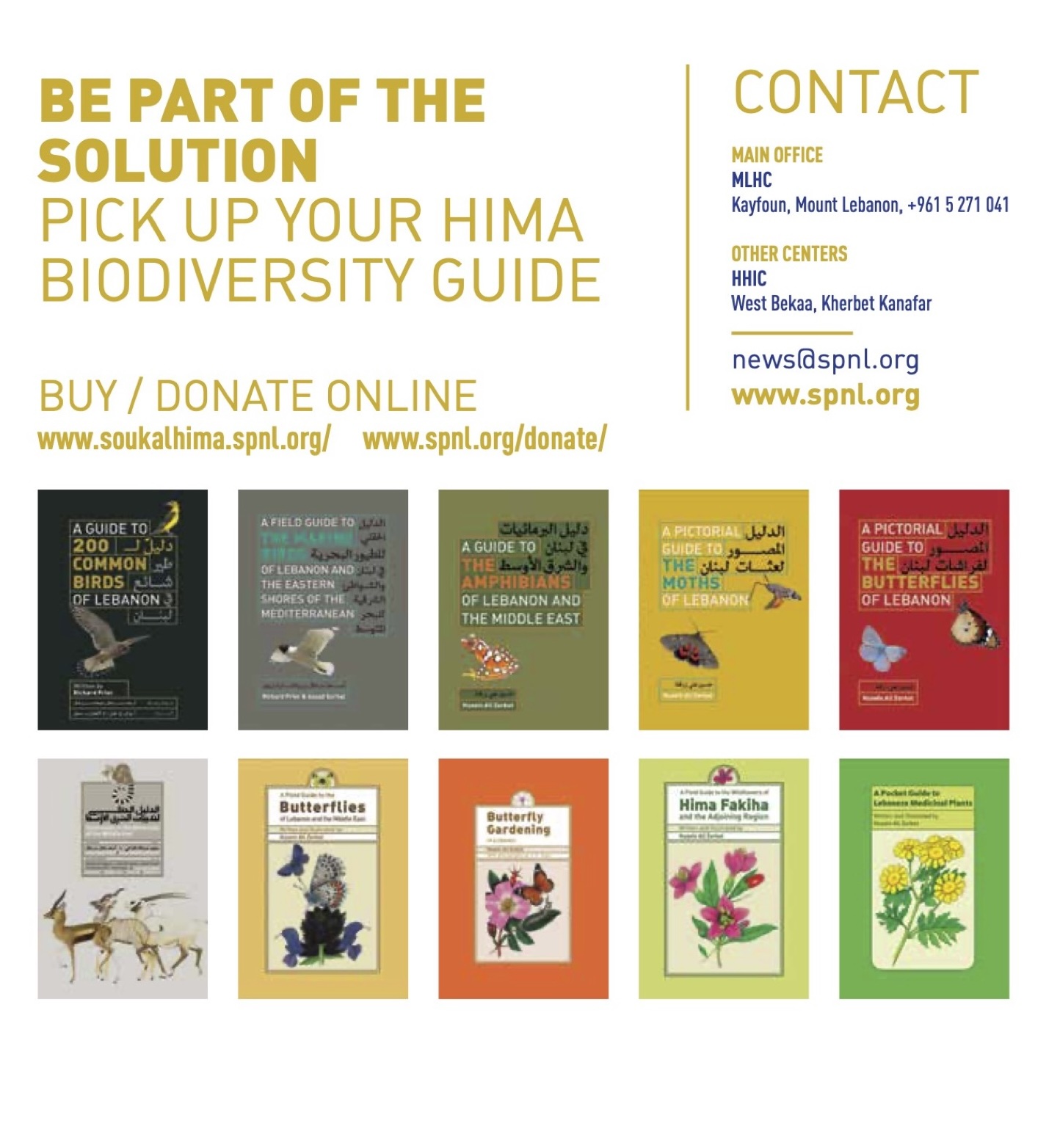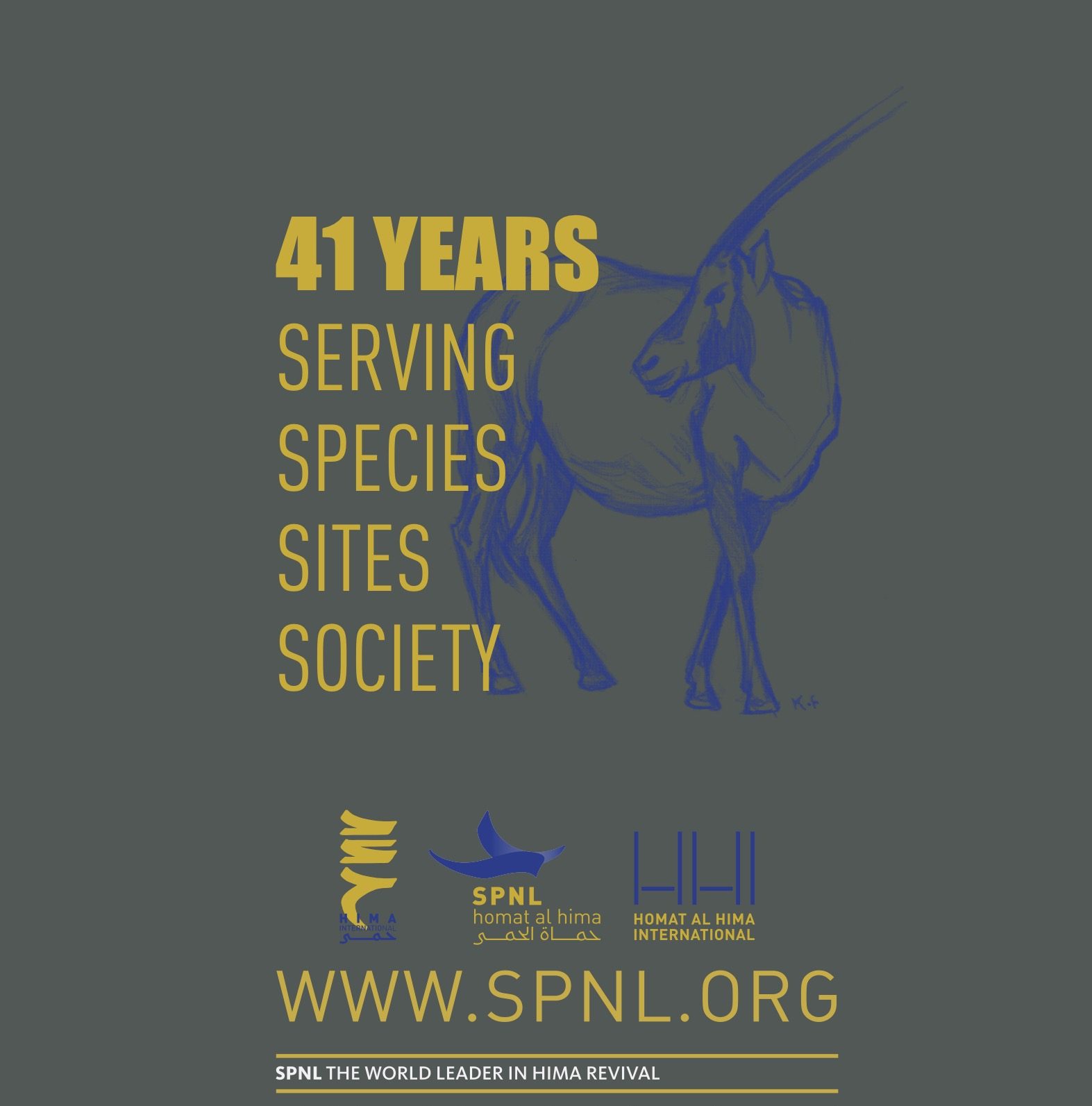By Assad Adel Serhal, Director General, SPNL
The Hima approach is a traditional/cultural community-based approach used for the con- servation of sites, species, habitats, and people in order to achieve the sustainable use of natu- ral resources through the community. Hima which means protected area in Arabic, origi- nated more than 1,500 years ago, where it was spread along the Arabian Peninsula as a “tribal” system of sustainable management of natu- ral resources. Since 2004, SPNL has been the leader for Hima revival in the Middle East work- ing in close collaboration with municipalities and merging between the values of the tradi- tional Hima approach and the modern scienti c approaches in nature conservation. The Hima approach concentrates on empowering local communities, upgrading their livelihoods, and promoting sustainable use of natural resources, especially women. Zenobia, Queen of Palmyra, a brave, intelligent, beautiful, and courageous woman is a model for women resilience in con- ict and crisis. Zenobia was ambitious for her country and built the historical site of Palmyra, which is a habitat for the critically endangered Northern Bald Ibis named, ‘Zenobia’. Conserv- ing Zenobia, the rare bird, represents a model for the actions needed to save the world’s most threatened plants and animals, listed on The International Union for Conservation of Nature Red List, especially more than 35 species in our region. A tiny breeding colony of the North- ern Bald Ibis was found near Palmyra in 2002. However, with the current situation in Syria,the historic town of Palmyra has been occupied and threatened to be entirely destroyed, dam- aging the critical ecosystem for the Northern Bald Ibis, leading to its extinction. Only one female “Zenobia” (named after the queen of Palmyra), returned from the wintering grounds in spring 2013.
https://www.spnl.org/product/hima-women-guideline-manual/
Culture and nature, they go hand in hand and even when war stops, nobody can bring back a species from extinction. The loss of this rem- nant population would result in the loss of the last migratory Bald Ibis, while also losing the genetic diversity that these migratory indi- viduals possess. ‘Conservation’ in this case is crucial, and this highlights the importance of adopting the Hima approach which conserves the natural and cultural heritage of the site.
The ancient identity of nature as a female and as a nurturing mother stresses on the important role that women have historically in relation to nature and Hima. Women are viewed as having an essential role in the con- servation of Hima sites since they are the main users of natural resources needed to ful ll basic human needs that in turn impact the surrounding environment.
The term “Women are the Future” is more pro- nounced nowadays than ever before. Promot- ing women’s full participation in state-build- ing is a matter of gender equality and human rights. It is also critical for the achievement of sustainable development, as is being shown
by a growing body of evidence and interna- tional opinion through Goal number 5 of the Sustainable Development Goals (SDGs) which is “Achieving gender equality and empowering all women and girls.”
The UN Women FGE project “Promoting Hima Women Empowerment for Conservation and Livelihood” came as the right opportunity for SPNL to focus on women empowerment and gender equality as an integral part of SPNL’s strategy. The project was implemented in four Hima sites aiming to empower women both socially and economically in order to improve their livelihoods through the Hima approach. In addition, SPNL’s recent partnership with the private sector (BioLand) will further strengthen the economic empowerment component by improving marketing techniques and com- munication strategies which are key aspects to ensure future sustainability.
This Hima Women Guideline Manual aims to link all aspects of culture, nature, conservation, social and economic empowerment through a holistic approach of management which is the Hima approach with special focus on women involvement as a mean to ensure sustainable development.






